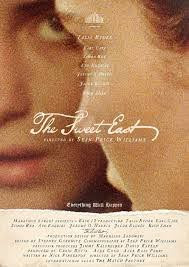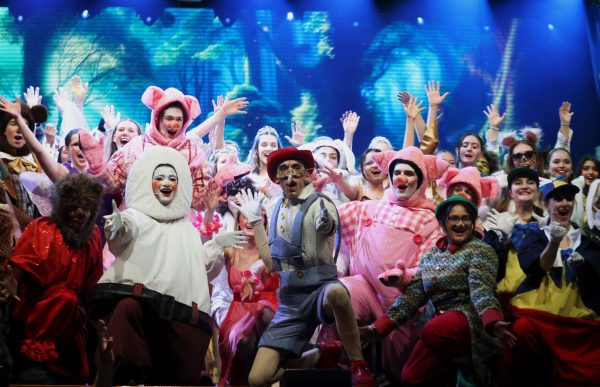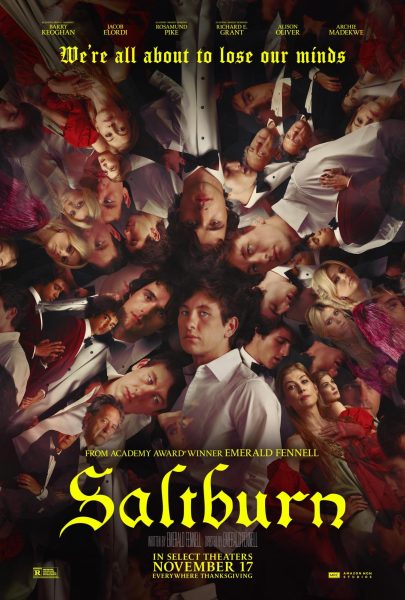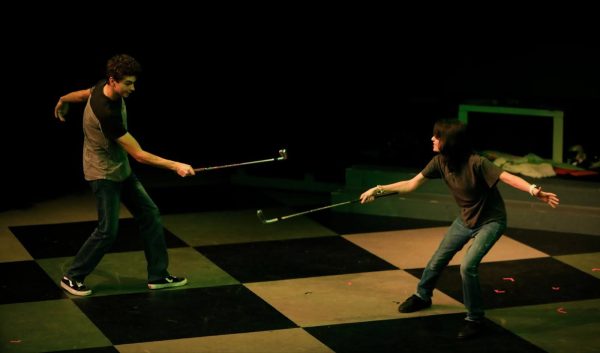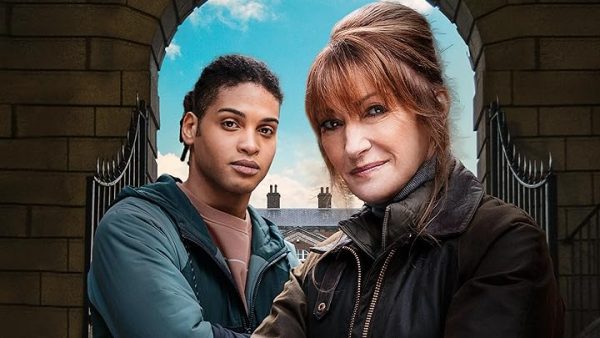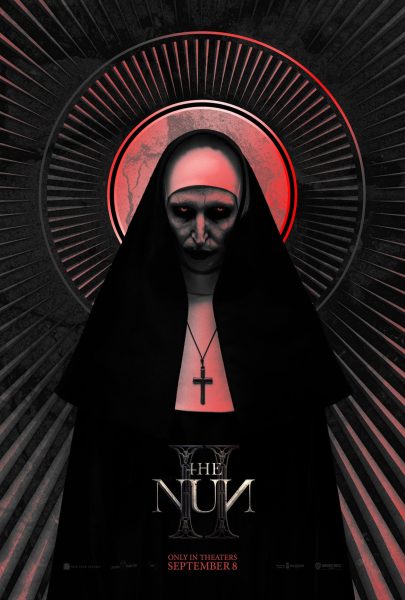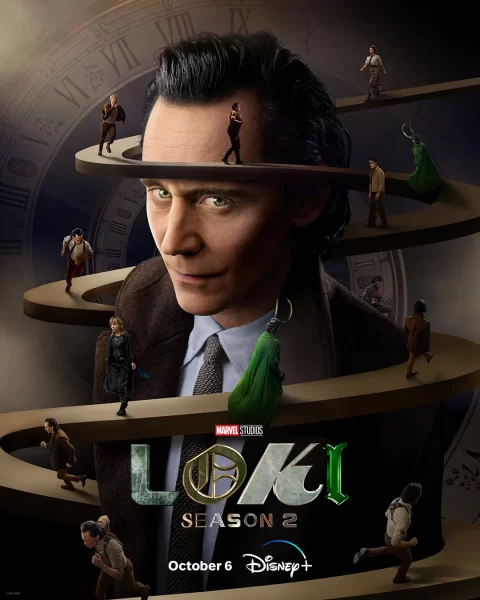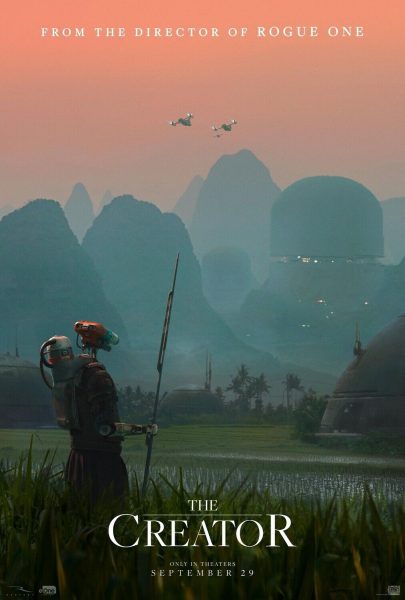Rick and Morty pioneers television
Animated cartoons, alongside all visual mediums, evolve with its audiences. In the beginning, animation titans Looney Tunes and The Walt Disney Company produced the iconic cartoon mascots we all still know by heart. These animated shorts typically ran as filler before movies. As a result, they relied on fast-paced, slapstick comedy which all age groups could appreciate.
This same style of animation continued for several decades. Then everything changed when a shift began in the ‘80s. TV shows such as Transformers and Teenage Mutant Ninja Turtles started marketing directly toward kids, as opposed to all age groups. Later in 1989, The Simpsons debuted, introducing an at the time riske show inappropriate for kids. This caused enough headlines to further split the divide between adult and children’s animation, which TV programs such as Family Guy and Futurama in the 2000s only helped widen.
Now, in 2015, a new revelation is occurring in how society perceives cartoons. Kids’ shows like Gravity Falls and Adventure Time have once again started to appeal to an older audience through well-written comedy and startling dramatic depth. On the other side of the viewership, Rick and Morty has been garnering a cult following and, while it may not alter our perception of adult cartoons alone, represents a pinnacle of comedic writing for mature animated comedies.
Rick and Morty, which originally aired in December 2013 and is currently producing its second season on Adult Swim, is a sci-fi dark comedy detailing the adventures of Rick, a superintelligent, selfish alcoholic scientist and his grandson Morty, a conversely unintelligent, unremarkable teenager, both voiced by Justin Roiland. Each episode they explore different dimensions and travel across the galaxy while the rest of Morty’s family typically deal with their own, less renowned problems, occasionally coping with the backlash of Rick’s inventions.
The most notable quality of Rick and Morty is the implementation of retroscripting, a recording technique where the script serves as just an outline of the plot and the voice actors are given the freedom to improvise the dialogue. The show retains the perfect amount of pauses and stutters to capture that genuine delivery straight from a live performance. This is done in spades during the opening and ending scenes of the show’s pilot, both of which are completely impromptu.
Rick and Morty, however, surpasses other TV shows not because of its novelty, but creativity. Since no overarching plot exists, each episode possesses unlimited artistic freedom, allowing for brilliant comedic set-ups. This approach, complemented by Rick’s hyperintelligent commentary, creates a rare style of humor that’s smart but doesn’t come across as alienating or pretentious.
Nonetheless, comedy cannot shine without interesting characters, and the relationship between Rick and Morty is one of the best, most mature friendships on television. Their obvious flaws and grievances toward each other portray them as relatable people, not stereotypes, who can only tolerate so much.
Although Rick and Morty are both quick in pointing out each other’s shortcomings, the show adds the perfect amount of subtle affection to always highlight the friendship they’ve forged, especially when the stakes are high. Through this process Rick and Morty intersects its drama and comedy seamlessly, blending realistic struggles with hyperbolic situations into noteworthy stories.
Rick and Morty probably doesn’t have enough leverage to transform the scope of animated sitcoms, though its excellent execution demonstrates the fullest extent of how well a show can be written. While some may be alienated by the show’s bizarre concepts and unique brand of humor, Rick and Morty will leave most viewers entranced with its timeless characters, imaginative stories and innovative writing.

